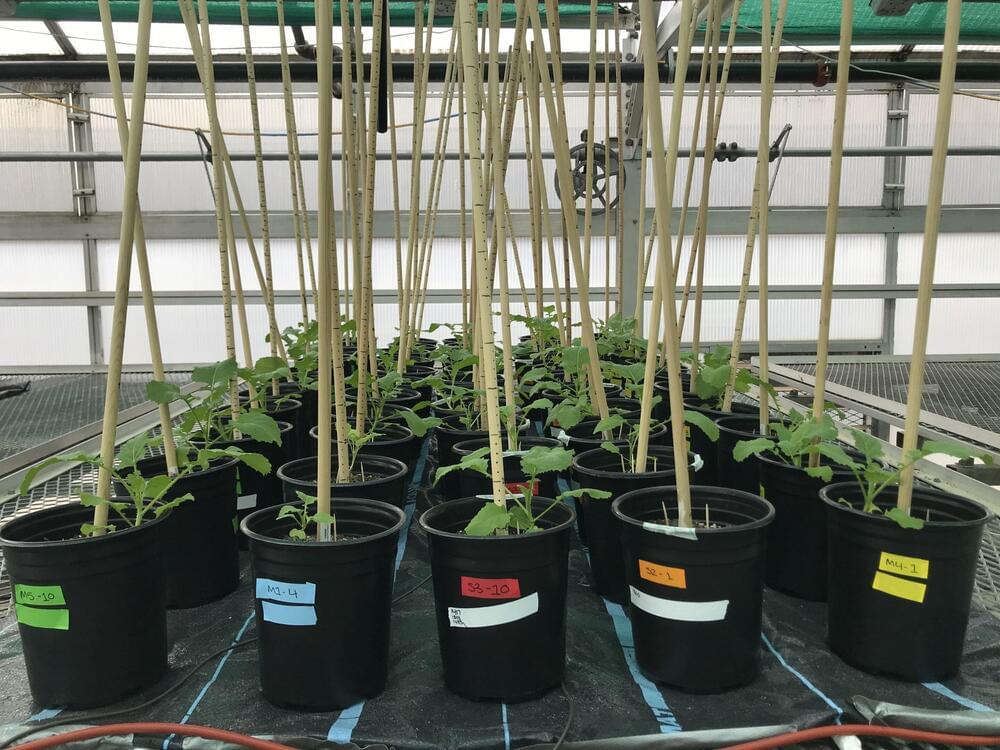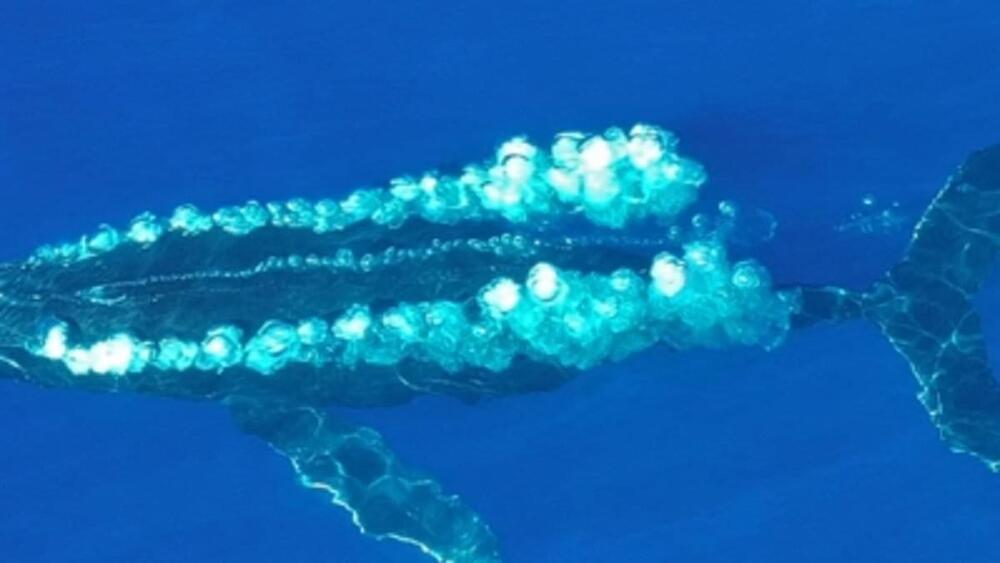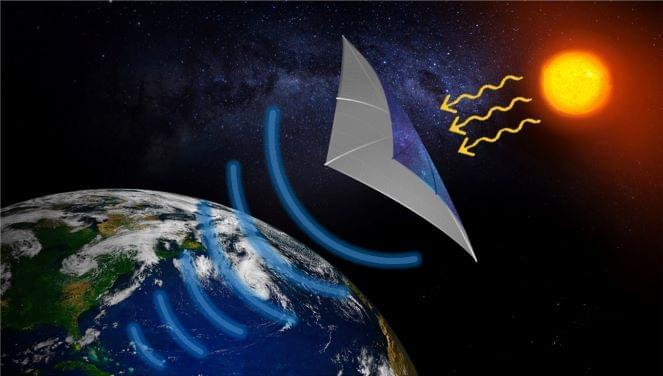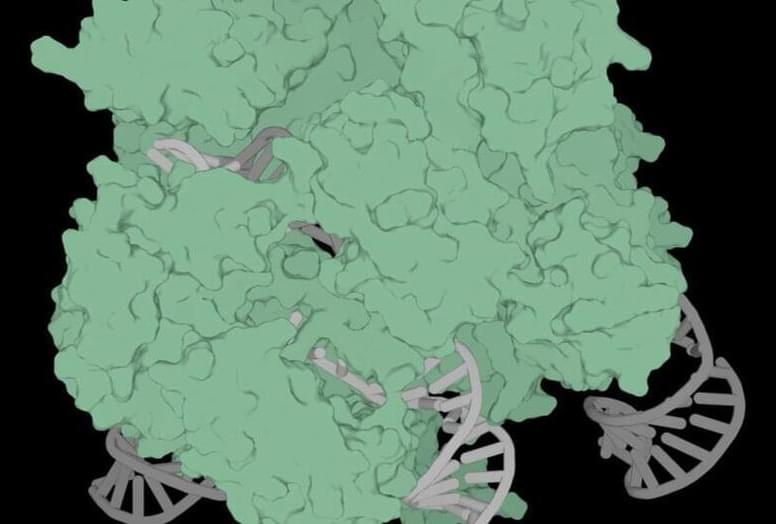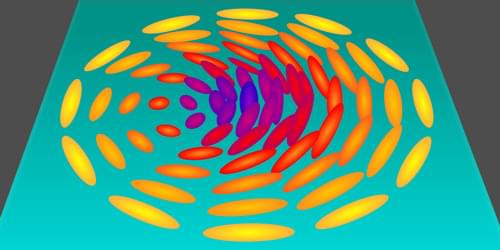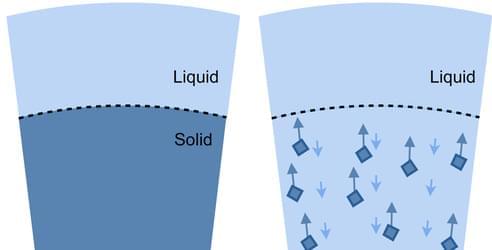
More than 97% of the stars in our Galaxy will end their lives with a whimper—slowly cooling as stellar remnants known as white dwarfs. The cooling of white dwarfs follows a pattern that was thought to be so predictable that the temperatures of white dwarfs are used to determine the age of surrounding stars. New findings, however, indicate this pattern may need revision [1]. Predictions made by Antoine Bédard of the University of Warwick, UK, and his colleagues now indicate that some white dwarfs may undergo a process that “reinvigorates” the stars, significantly slowing down the cooling process. That change could alter the calculated ages of white dwarfs by billions of years.
When a small star (one with a mass 8 times or less that of the Sun) runs out of nuclear fuel, it sheds its outer layers to form a planetary nebula. The core of the star then collapses into a white dwarf. Producing no heat, white dwarfs spend their existences radiating their remaining energy into space, cooling and solidifying from the inside out. Or so astrophysicists thought.
In 2019, this model was disrupted by astronomers analyzing data from the European Space Agency’s Gaia mission. The researchers identified a previously unknown population of white dwarfs within the Milky Way with anomalous properties [2]. As stars age, their velocities increase with respect to nearby stars because of repeated gravitational interactions with those stars. The newly identified white dwarfs, dubbed the Q branch, have much higher average velocities than models indicate they should have based on their temperatures, a finding that suggests that the Q-branch white dwarfs are older than previously thought. Some process is slowing down the cooling.

